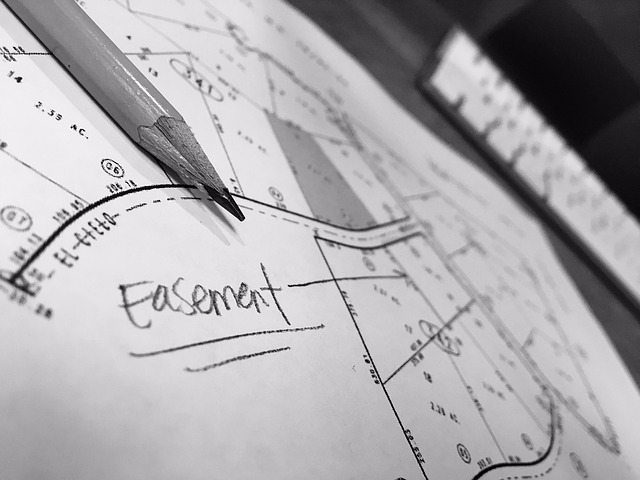In the complex world of property ownership, property easements can sometimes feel like a confusing puzzle. At Blackstone Solicitors, we understand that navigating these legal matters can be challenging, and we’re here to shed light on what property easements are and how they might affect you. In this article, Understanding Property Easements, we take a look at the process and mechanism involved.
Free Initial Telephone Discussion
For a free initial discussion with a member of our New Enquiries Team, get in touch with us today. We are experienced in dealing with all the legal aspects of property easements, and once instructed, we will review your situation and discuss the options open to you in a clear and approachable manner. Early expert legal assistance can help ensure you are on the best possible footing from the start and also avoid the stress of dealing with these issues on your own. Simply call us on 0345 901 0445 or click here to make a free enquiry and a member of the team will get back to you.
What are Property Easements?
A property easement is a legal right granted to one party (the easement holder) to use the land of another party (the landowner) for a specific purpose. This right is non-possessory, meaning the easement holder doesn’t own the land, but simply has the right to use it in a specific way. Easements are often crucial for ensuring the beneficial enjoyment of land, especially in situations where access or shared resources are involved.
Types of Property Easements:
There are various types of property easements, each with its own specific purpose and limitations. Here are some common examples:
- Right of way: This is perhaps the most common type of easement, granting the holder the right to access another’s land for a specific purpose, such as driving, walking, or laying utilities.
- Right of light: This easement ensures a property receives a certain level of natural light through windows or other openings.
- Right of drainage: This easement allows water to drain from one property to another in a specific manner.
- Right of maintenance: This easement allows access to another’s property for maintenance purposes, such as repairing shared walls or utilities.
- Right of support: This easement ensures that one property receives structural support from a neighbouring property, such as a shared wall.
Benefits of Property Easements:
Easements can be beneficial for both the easement holder and the landowner.
- For the easement holder: They provide essential access or resources they wouldn’t have otherwise.
- For the landowner: They can increase the value of their land by providing access to others (e.g., landlocked property gaining access through a right of way).
How are Easements Created?
Easements can be created in several ways:
- Expressly: This is usually done through a deed or written agreement explicitly outlining the terms of the easement, including the purpose, scope, and duration.
- Impliedly: An easement can be implied by law based on long-standing use (often 20 years or more) or necessity, where an easement is essential for the reasonable enjoyment of a property.
- Prescription: This is a more complex legal concept where long-standing, uninterrupted use of another’s land without permission can, in rare cases, create an easement. However, legal advice should always be sought in such situations.
Important Considerations:
Understanding the specific details of an easement is crucial for both the easement holder and the landowner. Here are some key points to consider:
- Scope: The exact nature and extent of the permitted use are outlined in the easement document. This defines what activities are allowed and any limitations, such as specific days or times of access.
- Maintenance: Depending on the easement, the responsibility for maintaining the area used by the easement holder may lie with either the landowner or the easement holder, or sometimes shared.
- Changes to the land: Neither party, without the other’s consent, can usually make changes to the land that would unreasonably interfere with the other’s rights under the easement.
Seeking Legal Advice:
Property easements can be complex legal matters with significant implications for both parties. If you are involved in a situation involving an easement, whether as a potential easement holder or landowner, seeking legal advice from a qualified solicitor is crucial. At Blackstone Solicitors, our experienced property law team can help you understand your rights and obligations under an easement, negotiate terms, or resolve any disputes that may arise.
How we can help
We have a proven track record of helping clients deal with property easements. We will guide you through the process and ensure all checks are carried out swiftly and efficiently and we firmly believe that with the right solicitors by your side, the entire process will seem more manageable and far less daunting.
How to Contact Our Commercial Property Solicitors
It is important for you to be well informed about the issues and possible implications of property easements. However, expert legal support is crucial in terms of ensuring a positive outcome to your case.
To speak to our Commercial Property solicitors today, simply call us on 0345 901 0445, or click here to make a free enquiry. We are well known across the country and can assist wherever you are based. We also have offices based in Cheshire and London.
Disclaimer: This article provides general information only and does not constitute legal advice on any individual circumstances.



